Uses:
-
Fresh Produce:
- Raw Consumption: Fresh fruits and vegetables are perfect for raw consumption in salads, smoothies, and snacks. Examples include apples, oranges, tomatoes, lettuce, cucumbers, and carrots.
- Cooking: Fresh vegetables like zucchini, bell peppers, and leafy greens can be sautéed, roasted, or added to soups, stews, and stir-fries.
- Juices and Smoothies: Fresh fruits, such as berries, bananas, or citrus fruits, are commonly used to make juices and smoothies that provide a fresh, natural flavor.
-
Frozen Produce:
- Convenience: Frozen fruits and vegetables are often pre-washed and ready to cook, making them convenient for quick meals. Examples include frozen peas, corn, spinach, berries, and mixed vegetables.
- Soups and Stews: Frozen vegetables like carrots, potatoes, and peas can be easily added to soups, stews, and casseroles. They’re often used in recipes that require longer cooking times, as freezing helps preserve their texture during cooking.
- Baking: Frozen fruits such as berries or peaches are ideal for pies, crumbles, and other baked goods, where the frozen produce can hold up better than fresh.
- Smoothies: Frozen fruits are a popular choice for smoothies, providing a colder, thicker consistency compared to fresh fruits.
- Stir-fries and Sautéing: Frozen vegetables like broccoli, bell peppers, and mixed veggie blends can be stir-fried or sautéed directly from the freezer, making them quick and easy to prepare.
Storage and Handling:
- Fresh Produce: Should be stored in a cool, dry place or the refrigerator, depending on the type of fruit or vegetable. It should be consumed quickly to ensure maximum freshness and nutritional value.
- Frozen Produce: Should be stored in the freezer to maintain its quality and nutritional content. Once thawed, frozen produce should not be refrozen and should be consumed immediately to prevent spoilage.

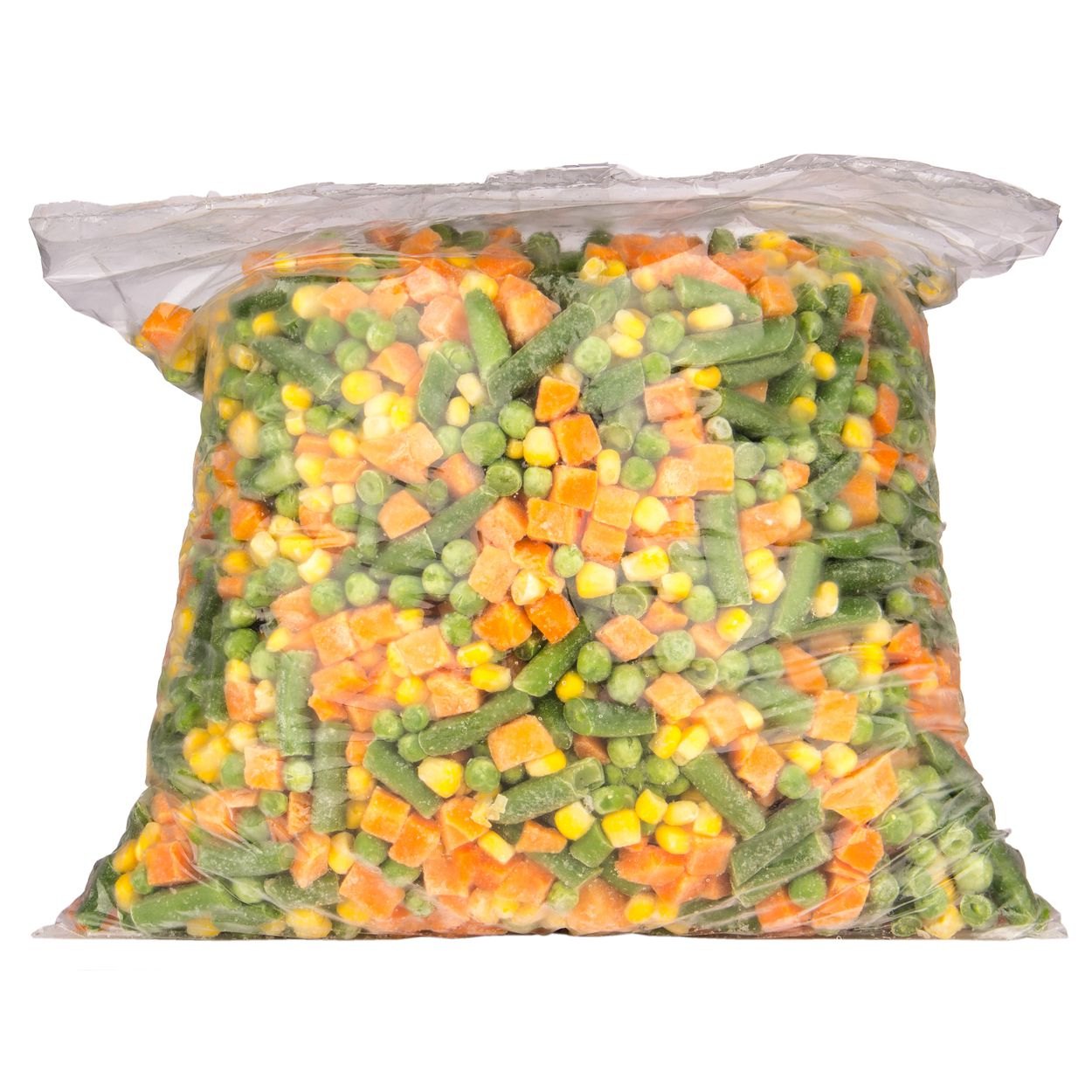
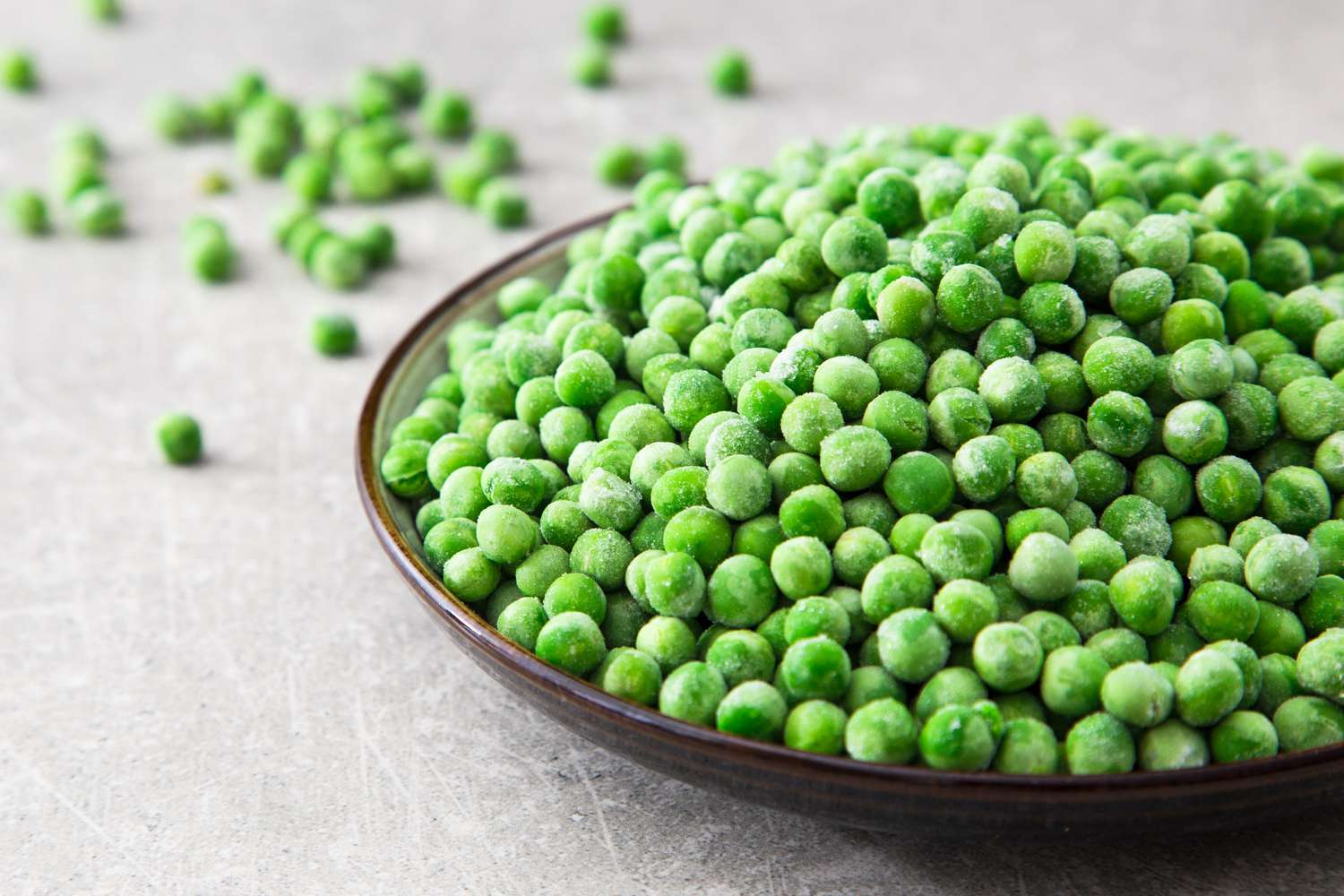
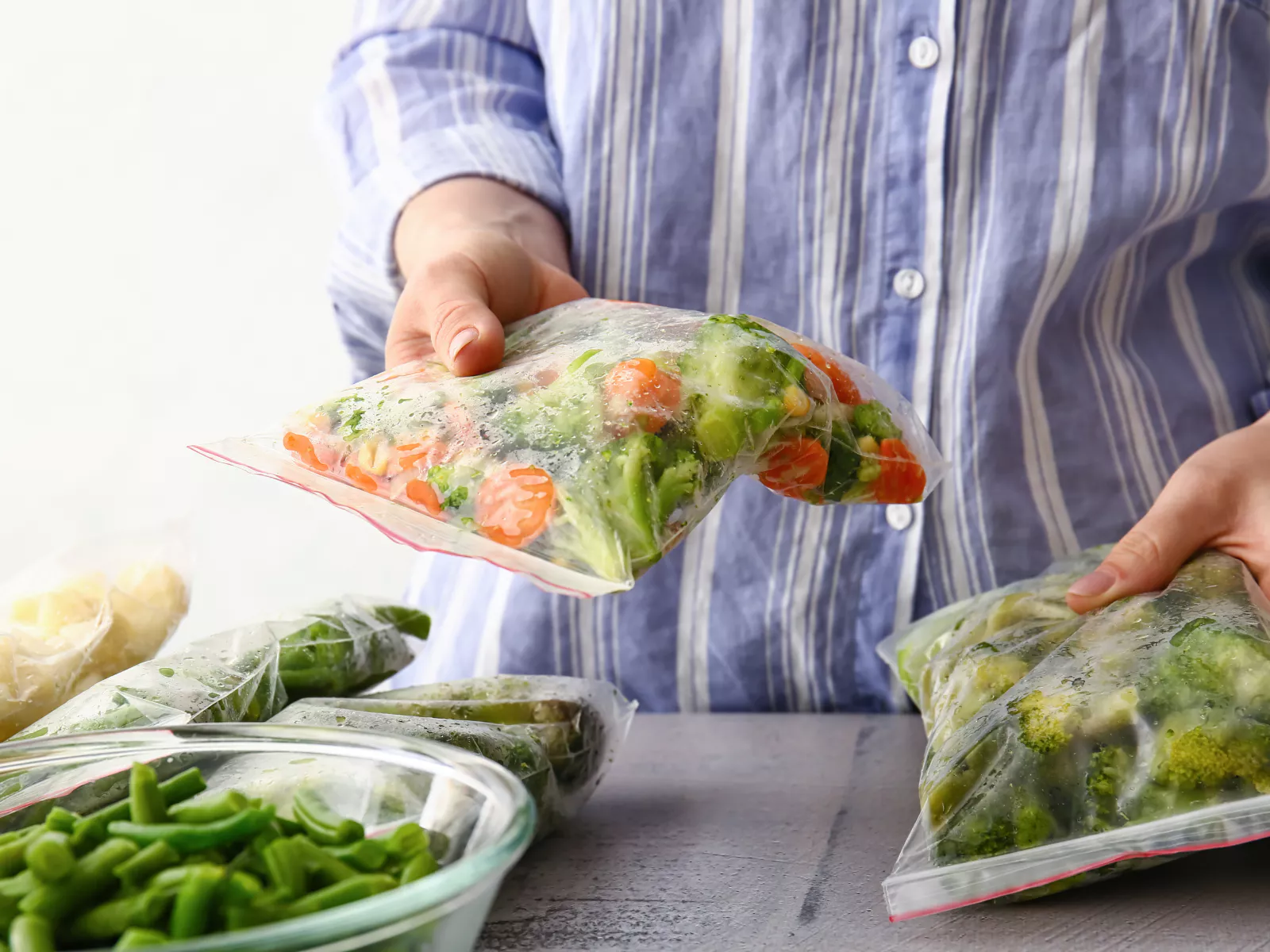
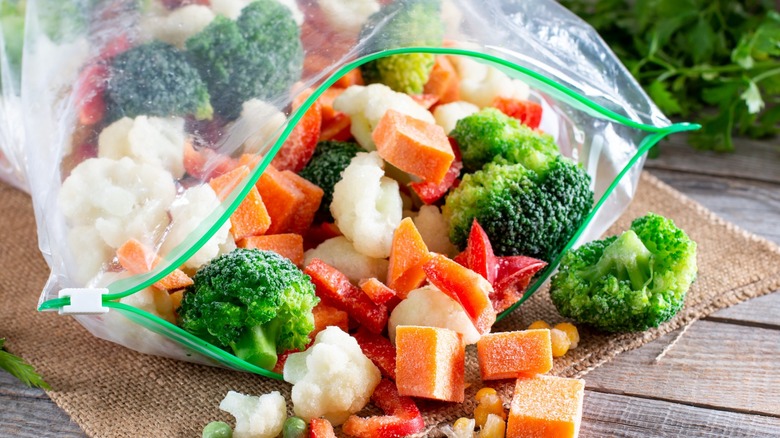
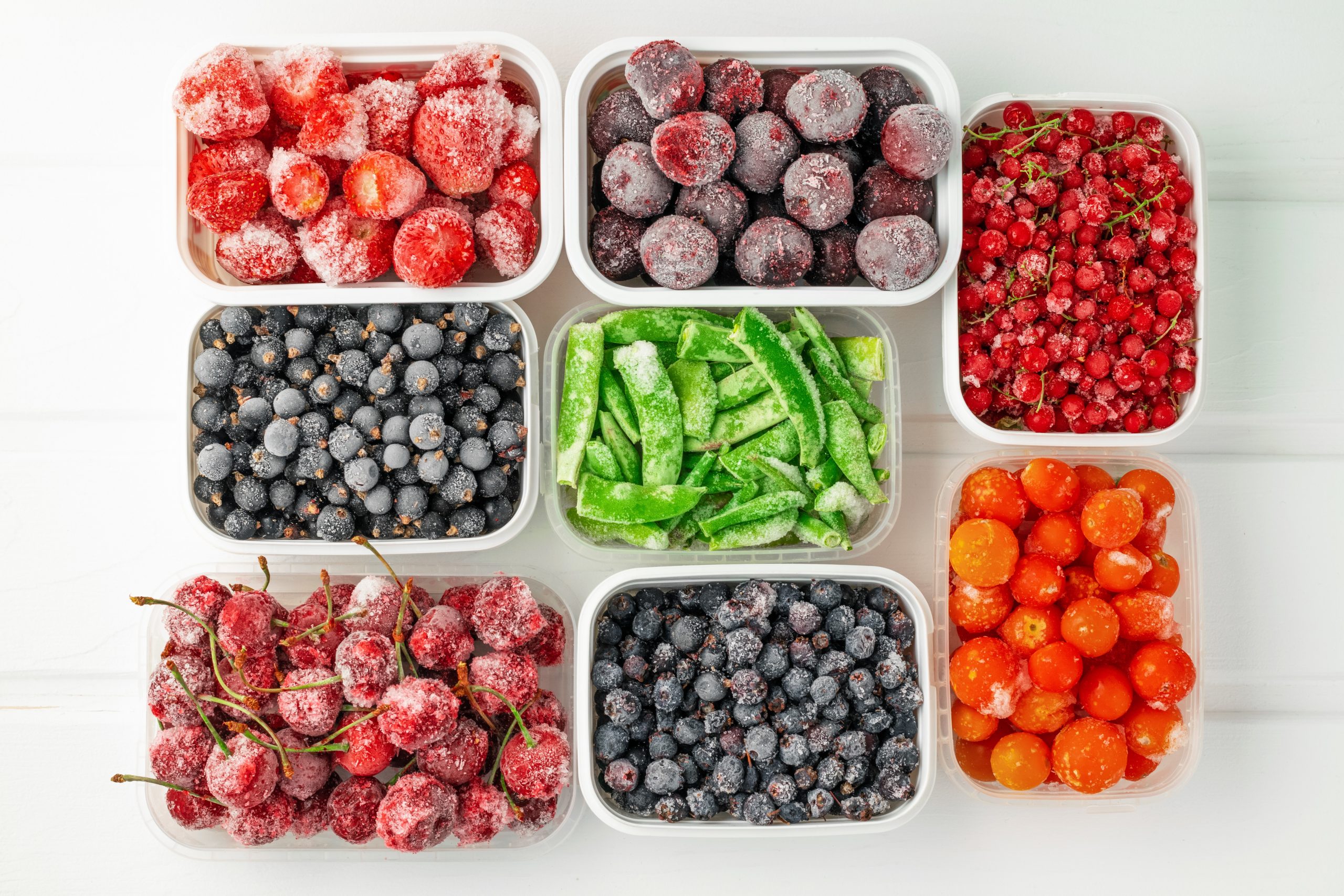
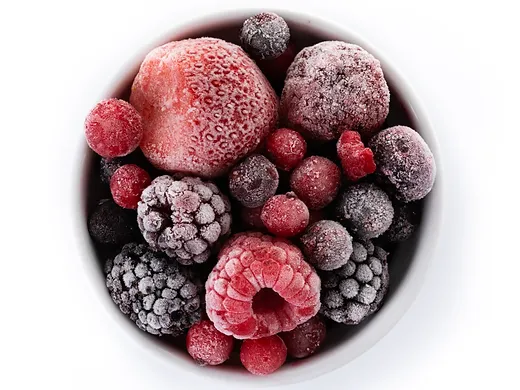
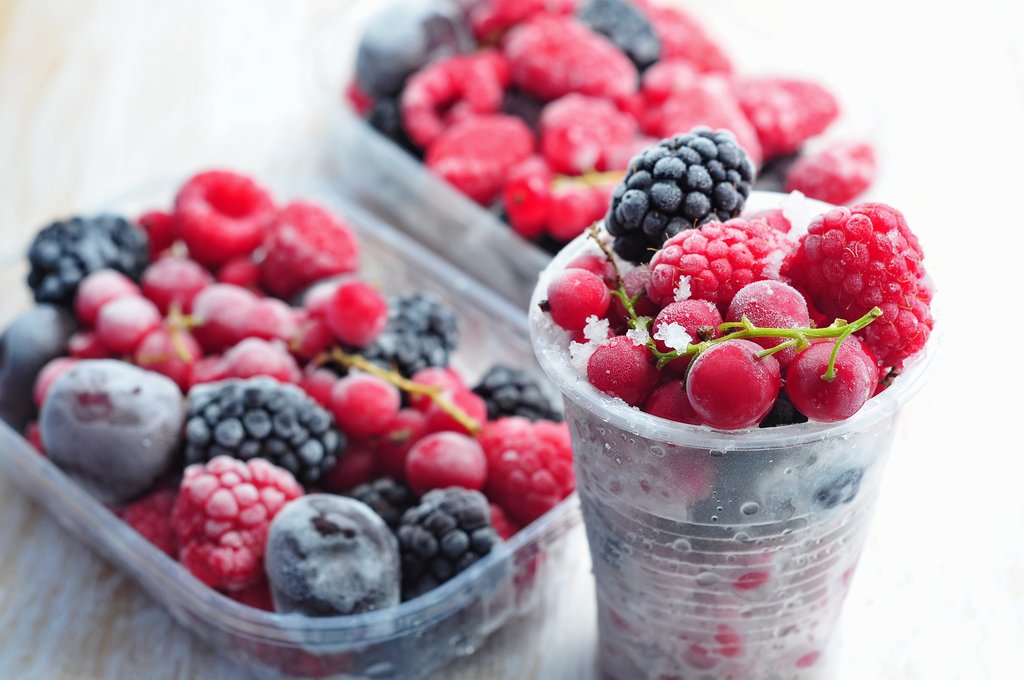

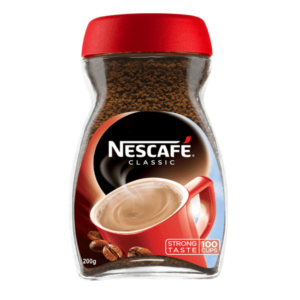
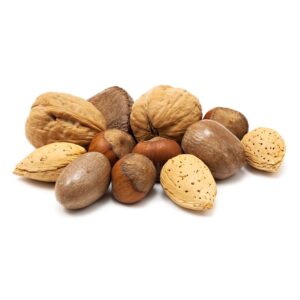
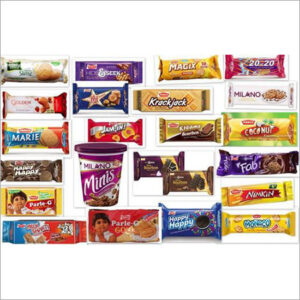
Reviews
There are no reviews yet.